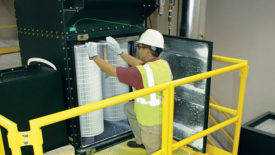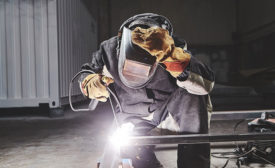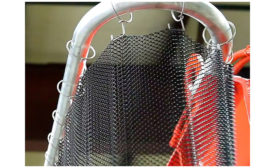Home » Keywords: » manufacturing industry
Items Tagged with 'manufacturing industry'
ARTICLES
Strategies to train & outfit inexperienced workers
Coping with the labor shortage
October 1, 2019
Become a Leader in Safety Culture
Build your knowledge with ISHN, covering key safety, health and industrial hygiene news, products, and trends.
JOIN TODAYCopyright ©2025. All Rights Reserved BNP Media.
Design, CMS, Hosting & Web Development :: ePublishing









